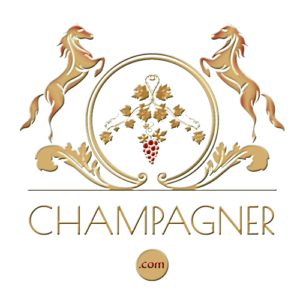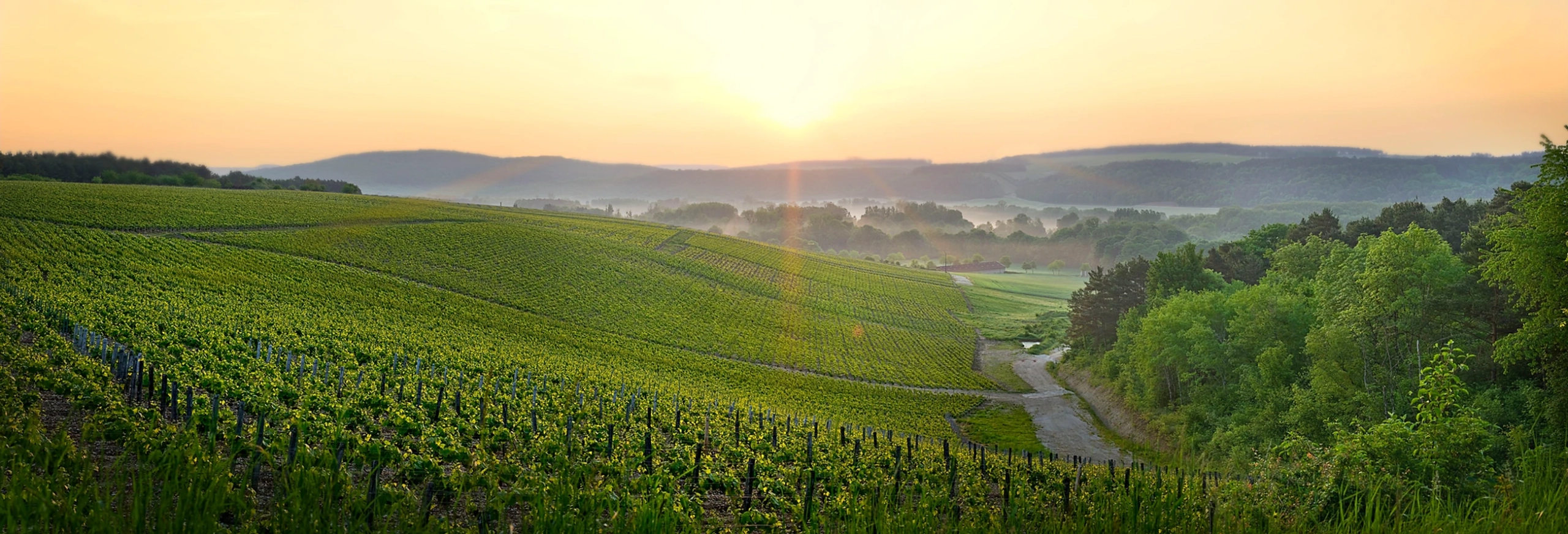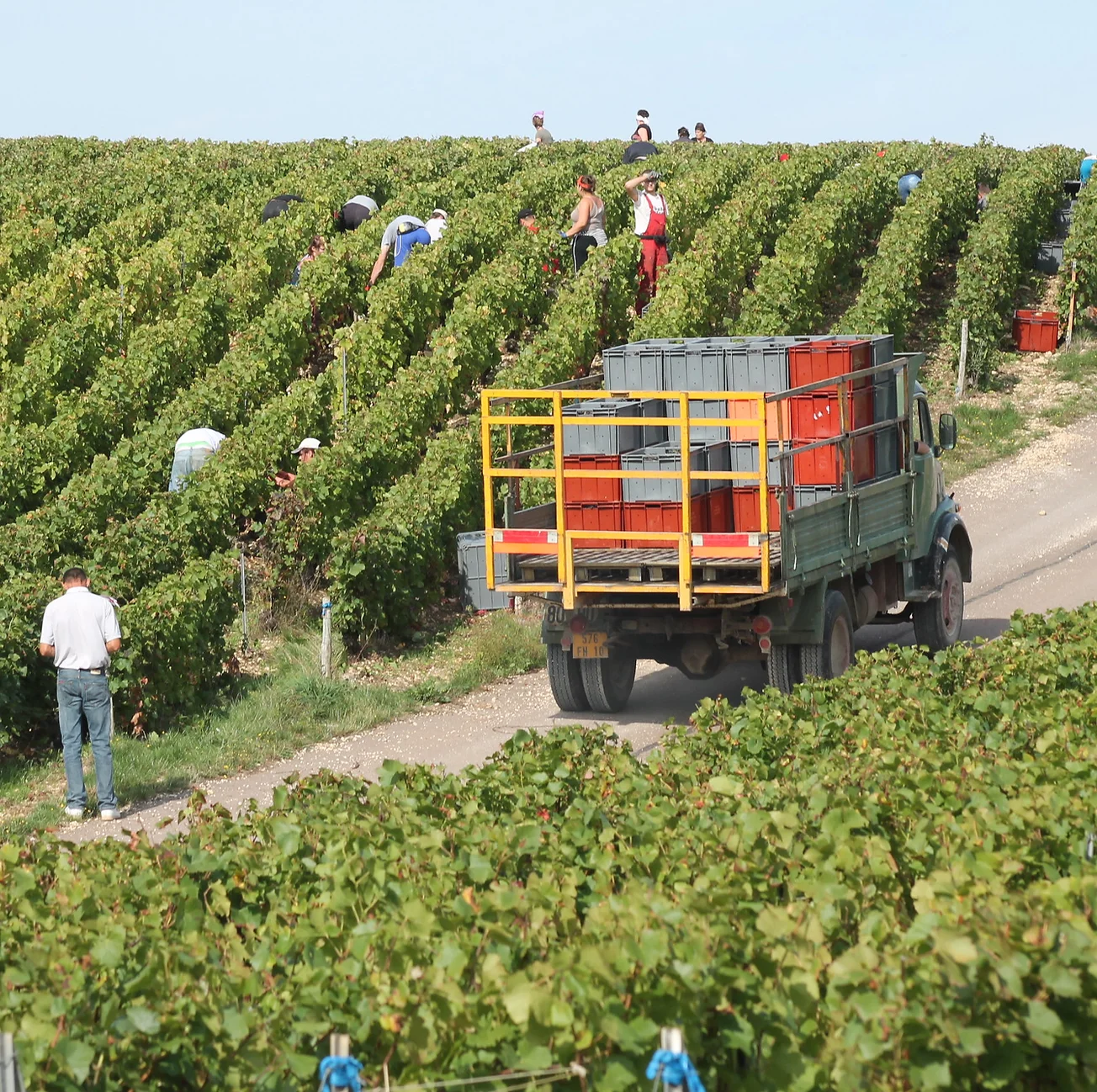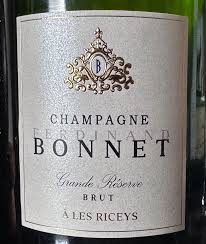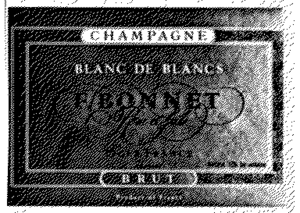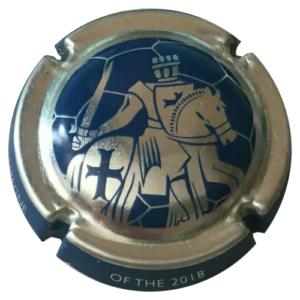Ferdinand Bonnet Champagne
Ferdinand Bonnet Champagne: A history of excellence
Foundation and development
Der Champagnerhersteller Ferdinand Bonnet Champagne wurde 1922 in der malerischen Gemeinde Oger in der Champagne founded. This region is known for its outstanding chalky soils and the ideal climate for growing Chardonnay grapes, which play a central role in Ferdinand Bonnet champagne. Since its foundation, Ferdinand Bonnet has been committed to producing champagne of the highest quality.
Ferdinand Bonnet Champagne is now part of the renowned Groupe Rémy Cointreau, a global group specialising in high-quality spirits. The integration into the group has given Ferdinand Bonnet access to extensive resources and a broad distribution network, which has further strengthened the brand.
Historical background of Groupe Rémy Cointreau
Die Wurzeln der Groupe Rémy Cointreau reichen weit zurück. Die History beginnt mit der Gründung der Häuser Rémy Martin Cognac im Jahr 1724 durch zwei Winzer und Cointreau & Cie im Jahr 1849 durch die Brüder Cointreau. Diese beiden Unternehmen legten den Grundstein für das heutige Imperium.
André Renaud took over E. Rémy Martin & Cie SA in 1924. After his death in 1965, his son-in-law André Hériard Dubreuil continued to run the company and expanded it considerably. Under his leadership, Rémy Martin acquired a stake in the French-Chinese joint venture Dynasty Wynery in 1980. This was the beginning of a series of major acquisitions, including the champagne houses Charles Heidsieck (1985) and Piper-Heidsieck (1988), the liqueur brand Galliano (1989) and the rum distillery Mount Gay (also 1989).
In 1990, the shares of Rémy Martin were transferred to Cointreau & Cie SA, and a year later the company changed its name to Rémy Cointreau SA. This strategic reorganisation enabled the company to strengthen its presence on the international market. In 1999, the Group acquired a stake in the Maxxium distribution joint venture, which, in addition to Rémy Cointreau, also included the Edrington Group (UK), Beam Global Brands (USA) and, since 2001, Vin & Sprit (Sweden). Maxxium helped to open up new markets, particularly in Europe and Asia, while the wholly owned subsidiary Rémy Amérique was responsible for sales in North America and the Caribbean.
Die Gruppe übernahm im Jahr 2000 die Bols Royal Distilleries, einschließlich der Marken Bols und Metaxa. Einige dieser Marken, darunter Galliano und Bols, wurden 2006 wieder verkauft. Die Gruppe kündigte zudem an, sich aus dem Maxxium Joint-Venture zurückzuziehen und ab April 2009 wieder alle Marken selbst zu vertreiben. In der Cognac-Sparte wurden im Jahr 2006 44 % des Konzernumsatzes und 57 % des Operating Profit erwirtschaftet, vor allem mit Cognacs der Marke Rémy Martin, deren Absatz in Russland innerhalb eines Jahres verdoppelt wurde (2005/2006). An zweiter Stelle steht die Likör- und Spirituosensparte (2006: 27 % Umsatz- und 36 % Gewinnanteil), wobei fast die Hälfte davon auf den Orangenlikör Cointreau entfällt.
The most famous champagne of the brand Ferdinand Bonnet Champagne
Ferdinand Bonnet Champagne is known for its exquisite Brut Réserve, which is considered the brand's flagship. This champagne impresses with its fine perlage and a complex aroma spectrum that includes notes of white flowers, citrus fruits and brioche. The Brut Réserve is made from the best Chardonnay grapes in the region and matures for at least three years in the cellars of Ferdinand Bonnet Champagne to develop its full elegance and finesse. This long ageing period gives it remarkable depth and a lingering finish that delights champagne lovers all over the world.
Current information on vineyards and headquarters
Der Hauptsitz von Ferdinand Bonnet Champagner befindet sich nach wie vor in Oger, einer der prestigeträchtigsten Gemeinden der Champagne. Die Rebflächen des Unternehmens erstrecken sich über mehrere Hektar in der Côte des Blancs, einer der renommiertesten Weinbauregionen der Champagne. Diese Region ist besonders bekannt für ihre hervorragenden Chardonnay-Trauben, die den Ferdinand Bonnet Champagnern ihre charakteristische Frische und Mineralität verleihen.
Ferdinand Bonnet uses state-of-the-art viticultural methods to maximise the quality of the grapes while promoting sustainable practices. The vineyards are carefully tended and the grapes are harvested by hand to ensure that only the best fruit is used for Champagne production. This attention to detail and commitment to quality has made Ferdinand Bonnet a respected brand in the world of champagne.
Outlook and future prospects
Ferdinand Bonnet remains true to its heritage and tradition while continuing to innovate to maintain and improve the quality and reputation of its champagnes. The integration into Groupe Rémy Cointreau offers numerous advantages, particularly in terms of international distribution channels and the opportunity to open up new markets.
With a clear focus on sustainability and excellence, Ferdinand Bonnet will continue to produce champagne of the highest quality and delight champagne lovers around the world. The brand remains a symbol of the art of champagne production and the everlasting elegance of Champagne.
Closing words
The history of Ferdinand Bonnet Champagne is an impressive example of the combination of tradition and innovation. Since its foundation in 1922, the brand has continuously evolved and is now part of a global network that produces and distributes high-quality spirits. With a firm commitment to quality and a clear view of the future, Ferdinand Bonnet will continue to play a leading role in the world of champagne for years to come.
F. BONNET CHAMPAGNE PERE ET FILS
3, rue Auber
51190 AVIZE
France
